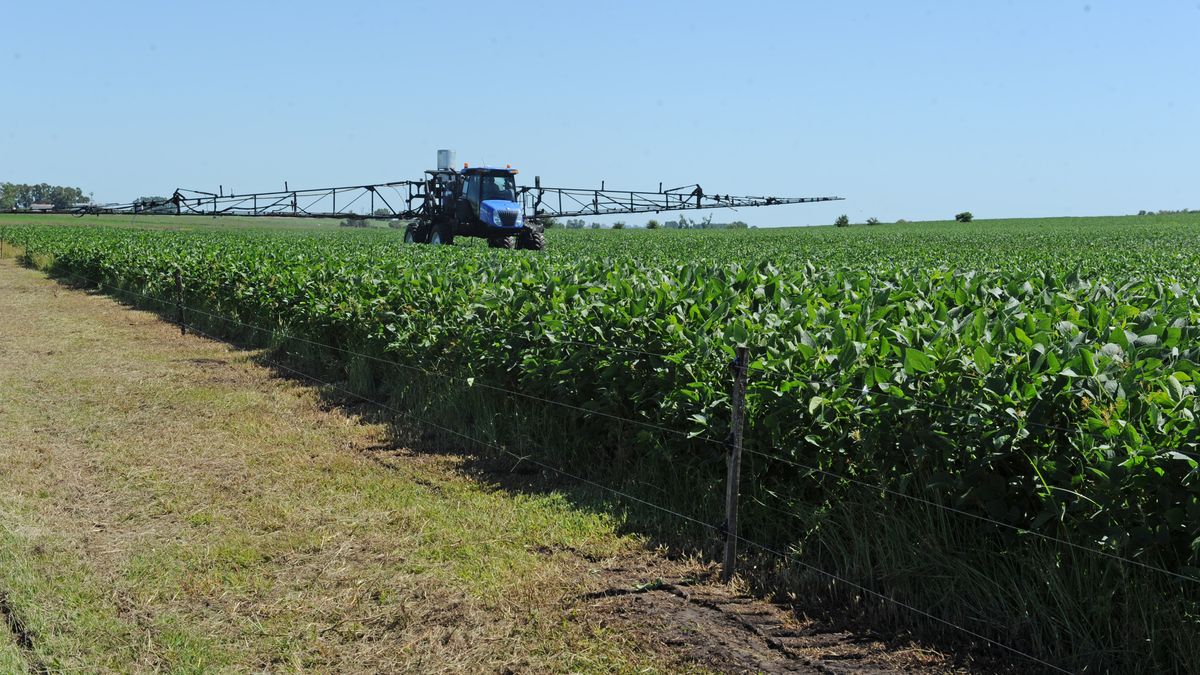He agricultural sector aims to once again produce 3 million tons of soy, in a context of falling international prices and after a year where exports of the product fell sharply due to the impact of the drought.
Looking ahead to 2024, the agro maintains good expectations and aspires to reach that figure, at a time when between 10 and 15% growth is expected with respect to the last harvest, in which 1.23 million hectares were planted according to data from Urupov.
Although official data show that the surface area of the oilseed in Uruguay It is 1.06 million hectares, in the sector they believe that this number will be higher and may reach 1.25 million.
The director of the Las Lechuzas agricultural company and advisor in Durazno, Nicolás Naredo, told Revista Verde that soybeans, both first and second sown on spring rapeseed “are the crops that come better.”
In dialogue with the same medium, Diego Guigou, agricultural production manager at ADP, admitted that the delay in sowing causes a lower yield potential, which is why he points to an improvement in productivity.
“Although an important part of the soybean area was planted later, the rainy prospects encourage good productivity and will be the one that will have to pay for the drop in grain prices, which is worrying,” said Guigou.
What happens to the price of soybeans?
Meanwhile, although the price of soy has been in decline for several weeks, its value recovered today by 0.28% (1.29 dollars) to reach 449.10 dollars per ton in the Chicago.
However, the oilseed recently hit two-year lows and analysts believe that uncertainty over imports from China, Together with the rains that increased crop yields, they put pressure on prices.
Source: Ambito




